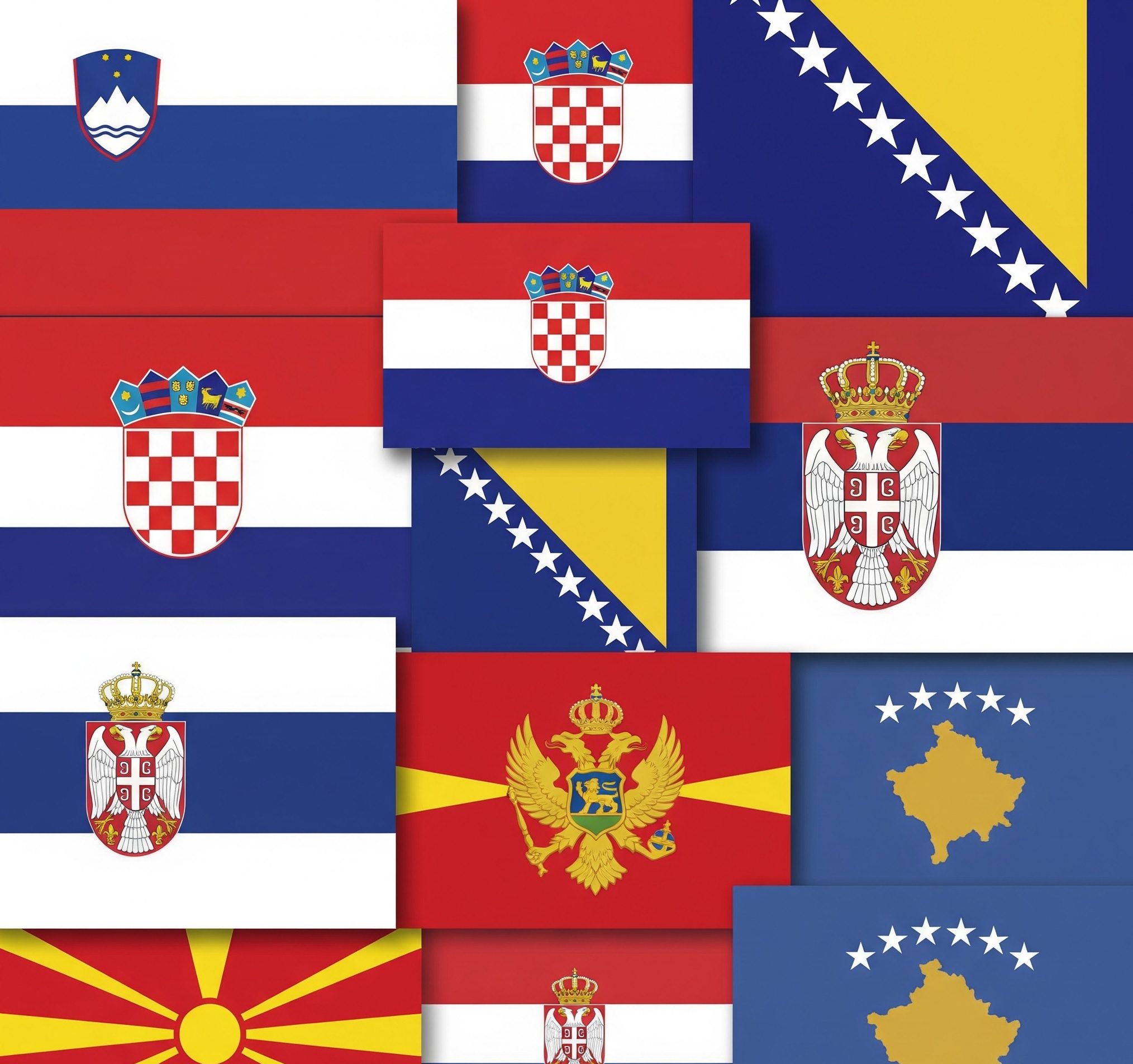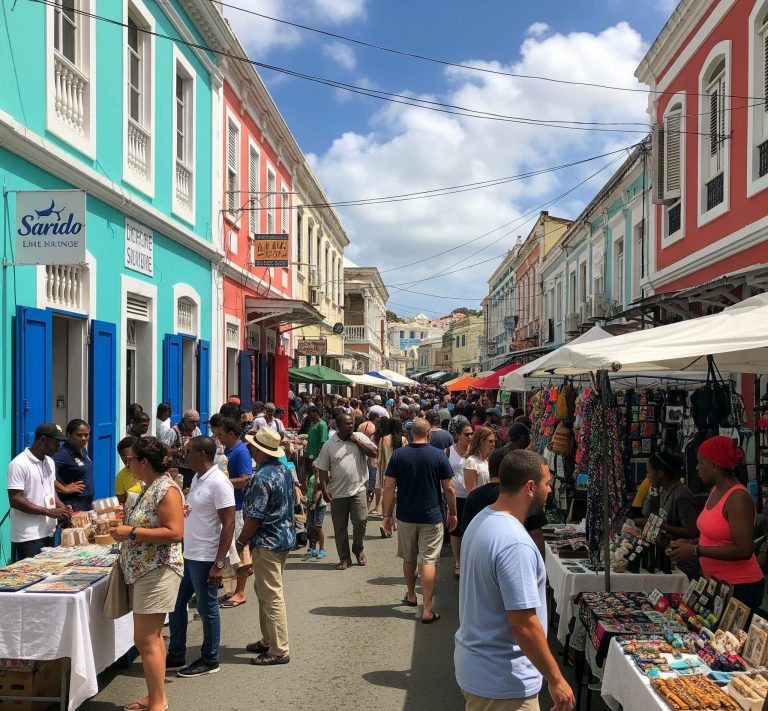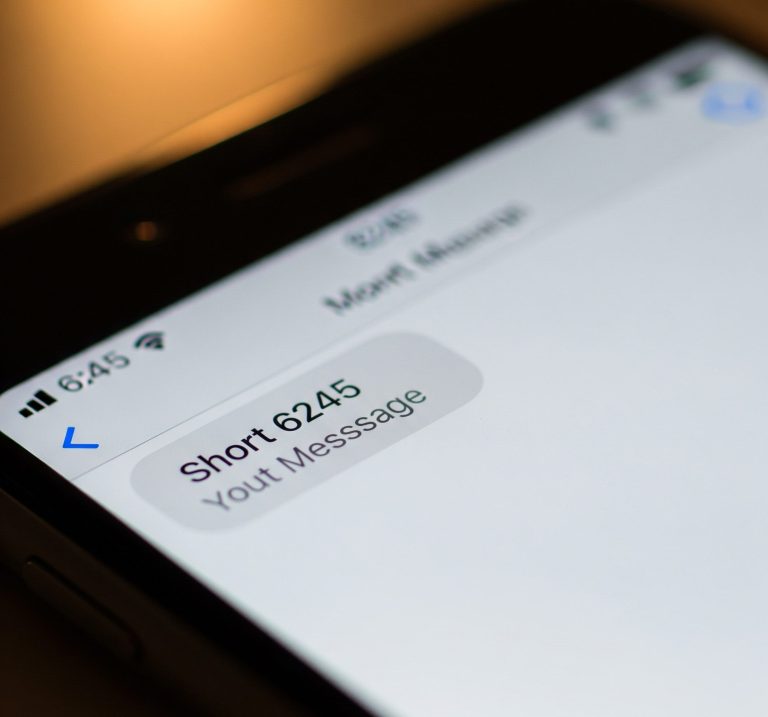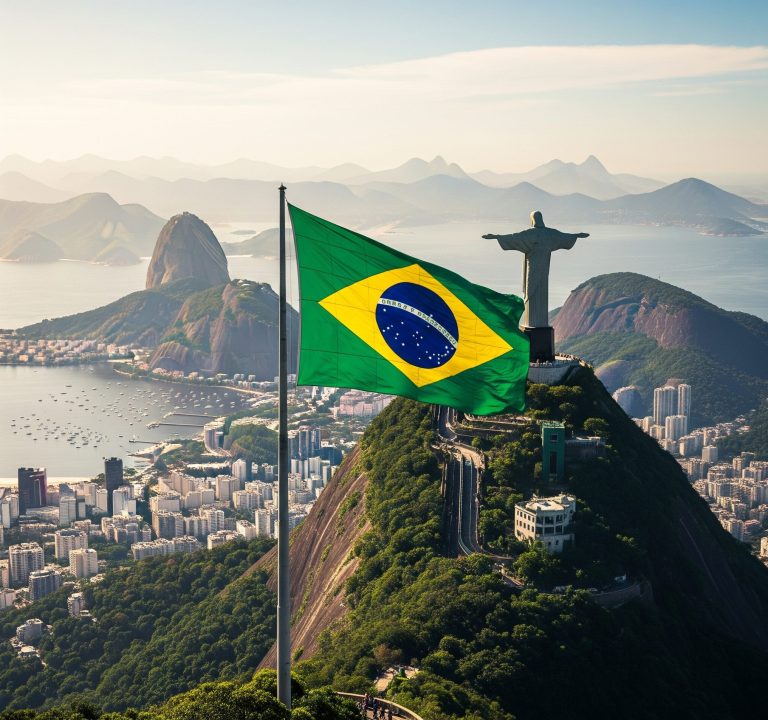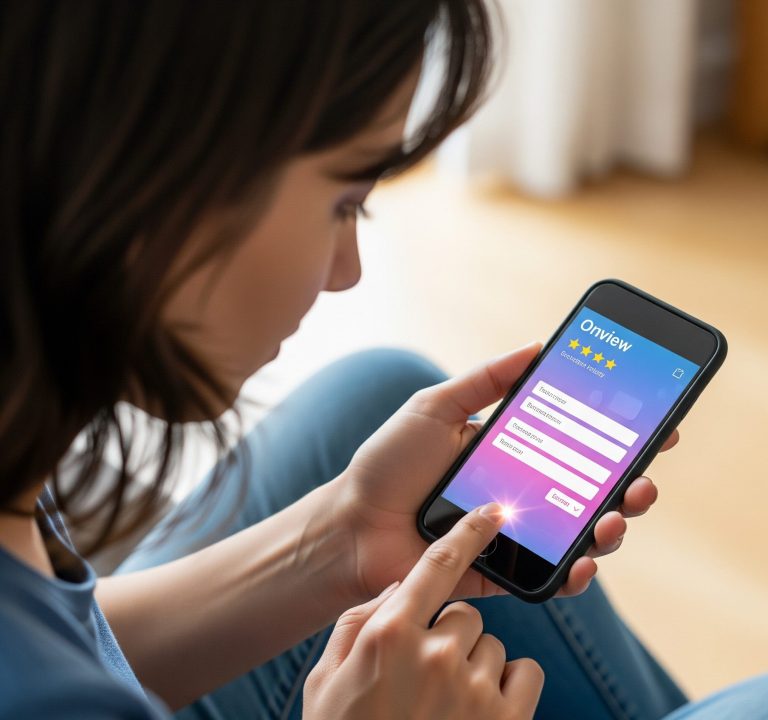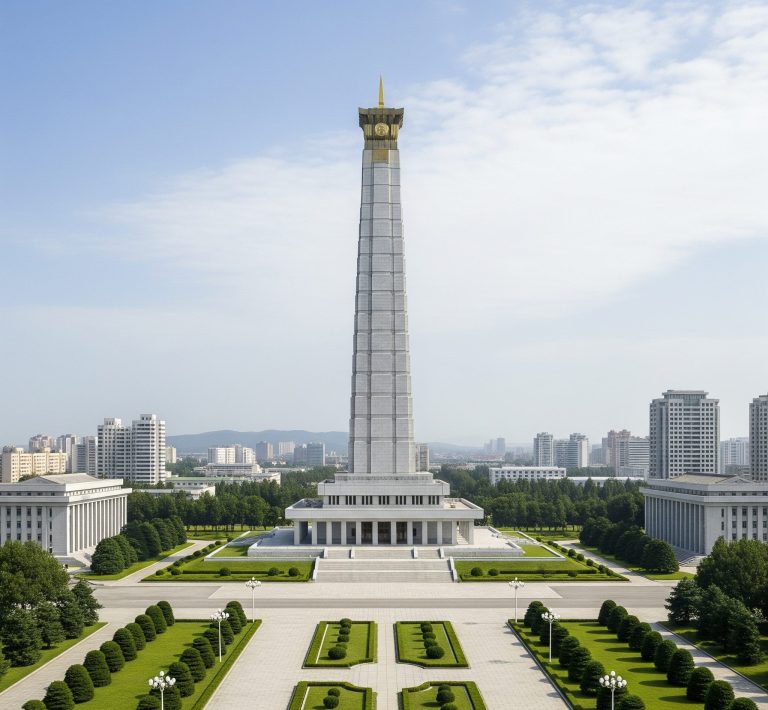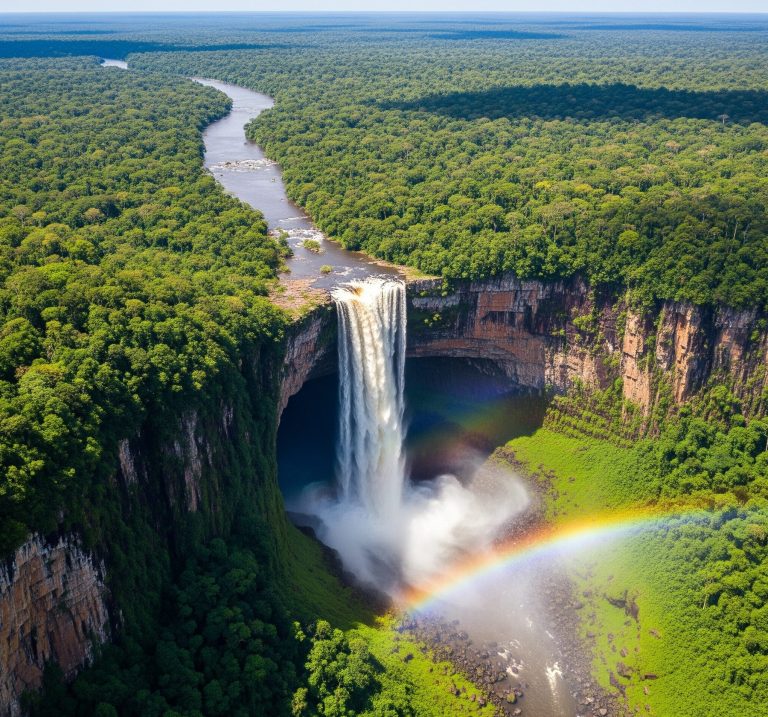In our increasingly interconnected world, a simple phone call can bridge continents. Whether it’s a family member studying abroad, a business partner in a burgeoning market, or a friend embarking on an international adventure, understanding international dialing procedures is essential. For many Americans, making an overseas call often involves a moment of pause: “What’s the country code again?” While some codes are widely recognized, others, like country code 38, might spark a moment of curiosity, prompting a quick search to ensure a successful connection.
Contents
The Anatomy of an International Call: More Than Just Numbers
Before diving into the specifics of country code 38, it’s helpful to understand the basic structure of an international phone call. From the United States, initiating a call to another country typically involves three key components:
- The International Access Code: For calls originating in the U.S., this is almost universally “011.” This tells your phone carrier that you’re about to dial an international number.
- The Country Code: This is the unique numerical prefix assigned to each country by the International Telecommunication Union (ITU). This is where codes like country code 38 come into play.
- The Local Number: This is the specific phone number within that country, often including an area code or city code that is unique to the region within that country.
Missing any one of these elements will result in a failed call. It’s a precise system designed to route billions of calls across vast global networks every day.
Unpacking Country Code 38: A Look at Its Geographic Significance
While a single “country code 38” doesn’t directly correspond to one single country today, the number 38 is historically and currently significant in international telephony, particularly in regions that were once part of larger political entities or have undergone re-assignments. For instance, several countries in Southeastern Europe and the Balkans utilize country codes that start with “38,” such as +380 for Ukraine, +381 for Serbia, +382 for Montenegro, +385 for Croatia, +386 for Slovenia, +387 for Bosnia and Herzegovina, and +389 for North Macedonia. This block of codes is a fascinating example of how international dialing prefixes can reflect geopolitical shifts and the historical evolution of nations.
For an American trying to reach someone in one of these countries, knowing the specific full country code is paramount. Simply dialing “011-38” would be incomplete and lead nowhere. One must append the subsequent digits to complete the precise country code. For example, to call someone in Croatia, you’d dial 011-385, followed by their local number. To reach Ukraine, it would be 011-380, and so on.
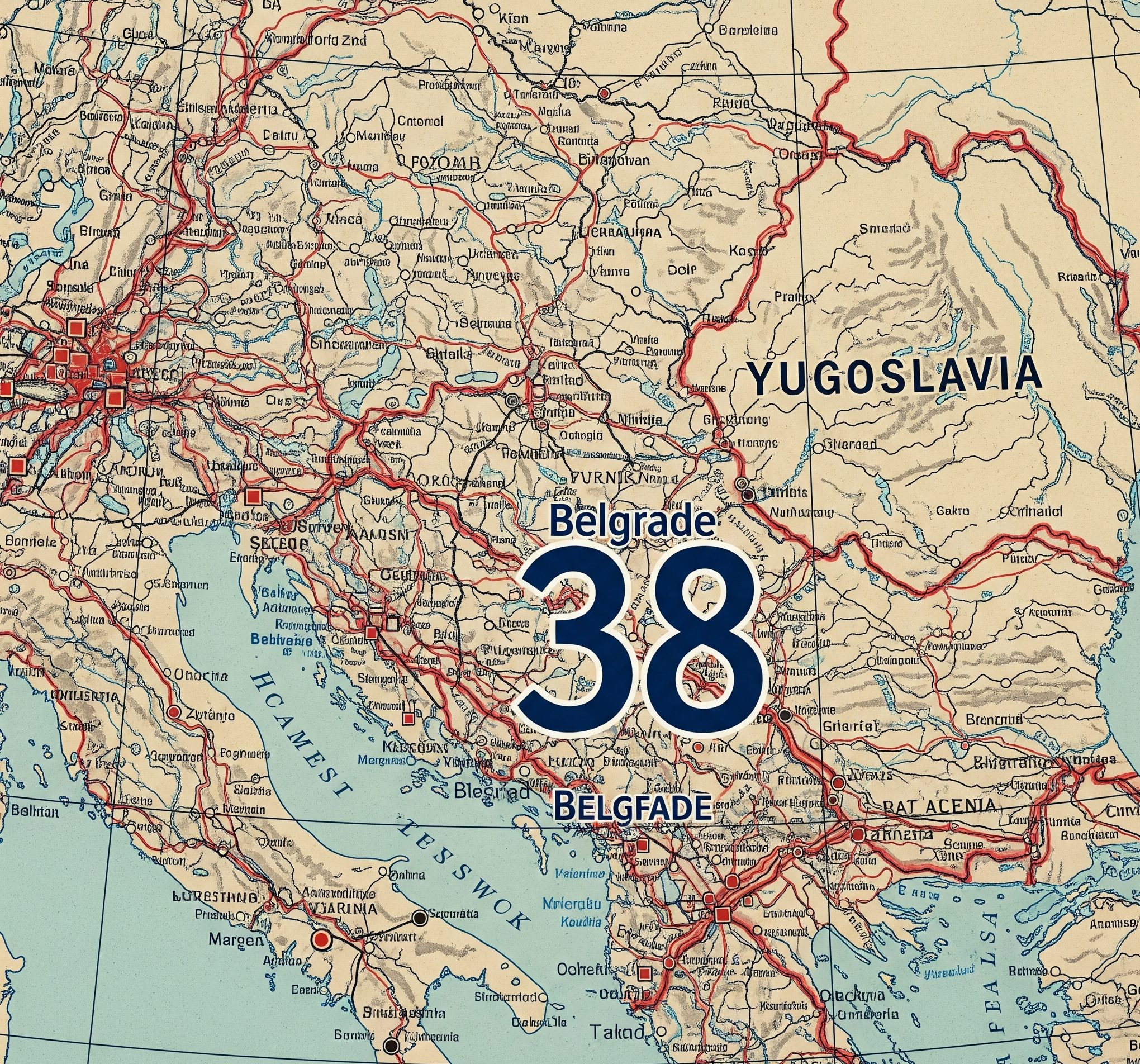
The Evolution of Country Codes: A Historical Perspective
The assignment of country codes is not static. Over time, as new nations emerge or political boundaries shift, the ITU may assign new codes or reallocate existing ones. This dynamic nature is part of why “remembering all the country codes” can be a challenge. The country code 38 example serves as a potent reminder of this ongoing evolution, where a number block can encapsulate the history of a region. What was once a unified dialing system for a larger entity can splinter into several distinct codes, each representing a sovereign nation.
This evolution impacts not just international calls but also global communication infrastructure and the planning of telecommunication networks. For American businesses with international operations or individuals with widespread connections, staying abreast of these changes is a practical necessity.
Practical Tips for American Callers: Making That Global Connection
For an American audience, the key takeaway is always to verify the complete international dialing sequence. Here are some practical tips to ensure your call goes through without a hitch:
- Always Verify the Full Country Code: As illustrated with country code 38, knowing the initial digits isn’t always enough. Make sure you have the complete country code (e.g., +385, +381, etc.). A quick online search for “country code for [country name]” is usually sufficient.
- Be Mindful of Time Zones: This might seem obvious, but calling someone halfway across the world means significant time differences. A little planning can save you from an awkward late-night or early-morning call for the recipient.
- Check for Special Rates and Services: International calls can incur different charges depending on your phone plan. It’s always wise to check with your carrier about international calling rates or consider using Voice over IP (VoIP) services like Skype or WhatsApp for more economical options, especially for frequent international communication.
- Consider Local Number Formats: Once you have the country code, pay attention to the local number format. Some countries have varying lengths for area codes and local numbers. If you’re given a number by an international contact, it’s often best to copy it precisely.
- Double-Check Before Dialing: A common mistake is misdialing a digit. Take an extra second to review the entire sequence before pressing “send.”
The Global Village: Beyond Just Dialing
Understanding country codes, including those that start with the digits “38,” is more than just a technical exercise; it’s a doorway to global engagement. It facilitates personal connections, enables international commerce, and supports the flow of information across borders. As the world continues to shrink through digital connectivity, the seemingly small detail of a country code plays a vital role in keeping us all connected. So, the next time you encounter country code 38 or any other international prefix, you’ll have a better appreciation for the intricate system that allows us to reach out and touch virtually any corner of the globe.

